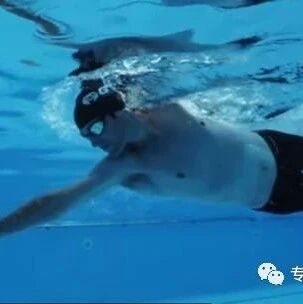How can you get your legs and hips to float? Tips for effortlessly swimming freestyle.
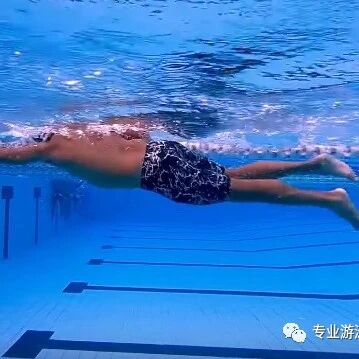
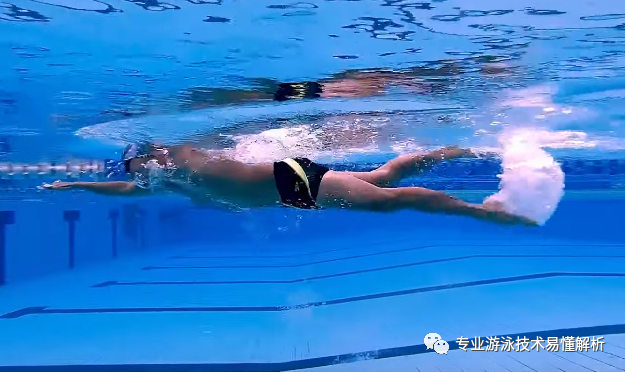
There are two key prerequisites for effortless freestyle swimming: first, maintaining balance between the upper and lower body; and second, ensuring a consistent and steady output of propulsive force. When your body floats effortlessly on the water, with its upper and lower halves perfectly balanced, any applied force—whether from arm strokes, leg kicks, or even the natural flow of water—can propel you forward with ease. However, once that propulsive force fades, your body will glide forward briefly due to inertia before eventually coming to a stop and settling into a state of passive drifting. To resume swimming again, you’ll need to actively kick and stroke once more. In essence, there are two major obstacles that hinder smooth, effortless freestyle swimming: one is the loss of body balance, which causes the lower half of your body to sink, leading to the inefficiency of "dragging" yourself through the water; the other is excessive gliding, where over-reliance on inertia results in intermittent propulsion, disrupting the rhythm of your movements altogether.
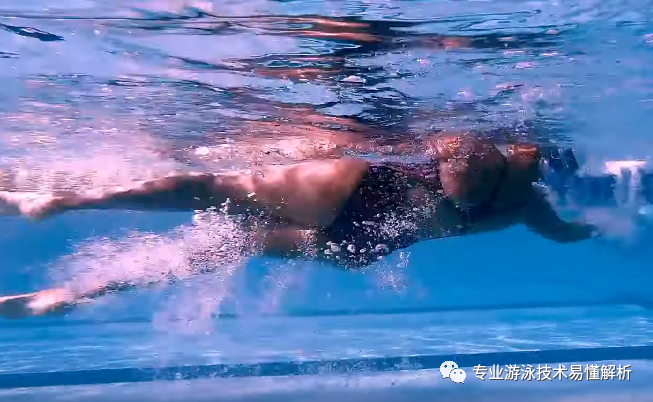
1. How can the lower body float up?
You could say that improving your swimming skills is a bottom-up process—starting with flattening the feet and keeping the ankles relaxed while kicking, then gradually progressing to relaxing the calves, engaging the thighs, and finally letting the hips lead the whip-like motion of your legs. This requires dedicated practice and persistence. At first, you might only manage to flatten your feet properly—but that’s perfectly fine. As you swim longer distances and gain more experience, your leg-kicking technique will naturally become smoother and more efficient over time.
The lower body sinking has two key components: first, long, heavy legs; and second, a well-developed and substantial gluteal muscle mass. To make the lower body float upward, the crucial challenge is overcoming the combined effects of heavy legs and a heavy butt. When kicking, leverage the natural advantage of your leg length to whip through the water effectively. Additionally, maximize the power generated by hip rotation during body turns—allowing the hips to drive the leg movements—and fully tap into the strength of your gluteus maximus muscles.
From the perspective of body positioning, there are two ways to make the lower body float: One is to kick downward, generating reactive force that lifts the legs upward; the other is to shift more weight onto the upper body, leveraging a seesaw-like effect to cause the lower body to rise.

2. From static equilibrium to dynamic equilibrium, and then back to static equilibrium
Streamlining is a fundamental swimming skill—mastering this technique is the key to effortless swimming. When swimming, focus on relaxing your arm movements; this not only gives your muscles a much-needed break but also allows you to fully leverage the natural weight of your arms. As your arm swings back toward the head, its own weight helps lift your legs, preventing your lower body from sinking—even if your legs aren’t actively kicking. However, some swimmers fail to relax their muscles after the arm exits the water, which can actually increase the tendency for their legs to sink. As a result, they end up relying more heavily on leg kicks to keep their lower bodies afloat.
Of course, relying solely on the arm pull is far from enough—before your starts to sink, you should already be increasing your propulsion power. Use the force of your strokes to pull your body forward; this sensation of pulling is similar to the muscular effort you’d feel when performing a pull-up. It’s only when the freestyle arm stroke and body rotation work together seamlessly, driven by core strength, that you’ll clearly notice this powerful, coordinated motion. This, in fact, is a clear sign that your overall swimming technique has become highly refined.
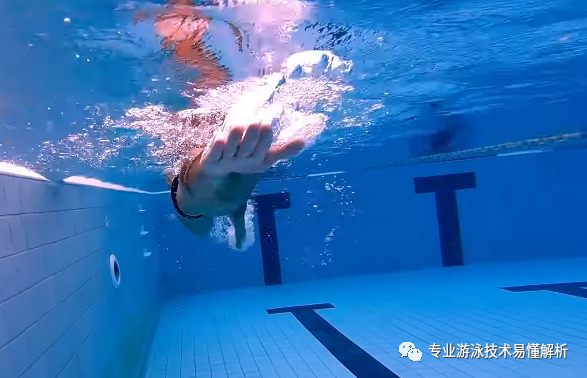
3. The key to a sideways body turn lies in hip rotation.
The key to effortlessly swimming freestyle isn’t just balance—it also hinges on maintaining a rigid, straight body posture. Being "body-rigid" means your body has strong overall integrity, which keeps your center of gravity stable and your movements more focused and efficient as you glide through the water. Simply put, a swimmer’s skill level isn’t determined by speed alone, but by how clearly their body’s central axis is maintained throughout the stroke. In fact, when watching elite swimmers, you’ll notice that their side-to-side body rotations create the unmistakable impression of a true, invisible central axis running right through their bodies.
Body rotation consists of two key components: shoulder rotation and hip rotation. For most swimmers, mastering shoulder rotation often means gaining an awareness of how the shoulder joint works in sync with the arm stroke—this is considered a solid starting point. In contrast, the importance of hip rotation is frequently overlooked. While many coaches and swimmers place significant emphasis on the whip-like kick of the legs, focusing their training primarily on the lower body, prioritizing hip rotation as a central practice area can actually yield even more noticeable improvements in swimming performance.
Some swimmers, however, end up with noticeable lateral undulation in their lower bodies during the stroke—a clear sign that they’ve neglected proper hip rotation exercises. This issue is especially common among swimmers who generate strong propulsion through their arm strokes, leading to an erratic, snake-like motion as they glide forward.
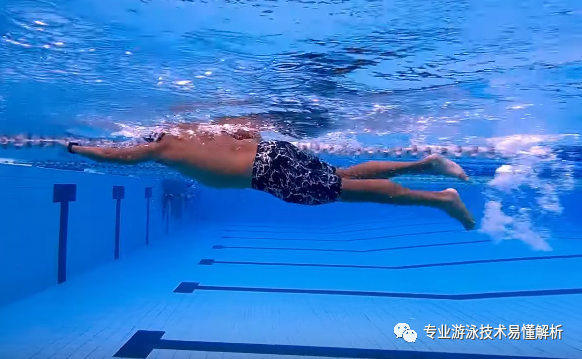
Related Articles
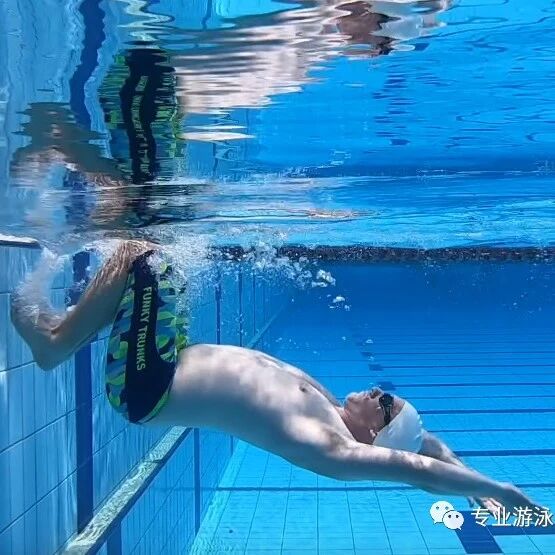
Simple beginner tips for freestyle turns: one stroke, two dips, three exhales, four pushes, five kicks.
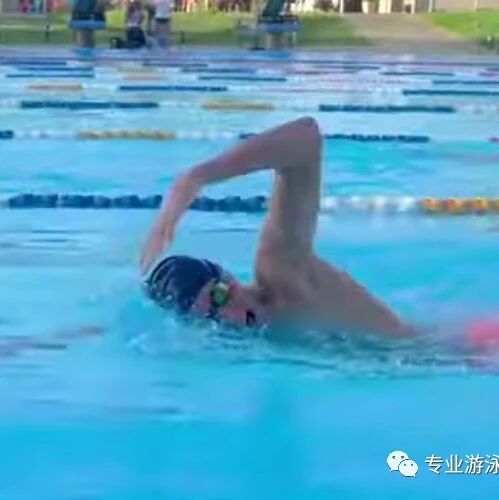
The importance of stroke frequency: To boost speed in total immersion swimming, it’s crucial to master three key points.
